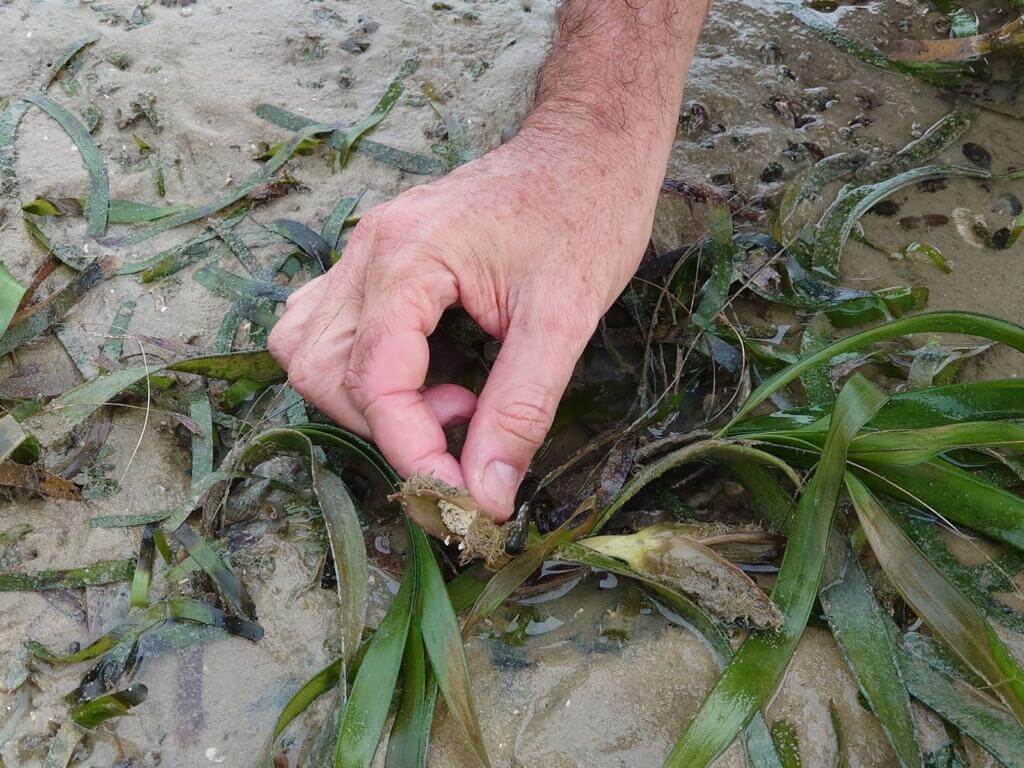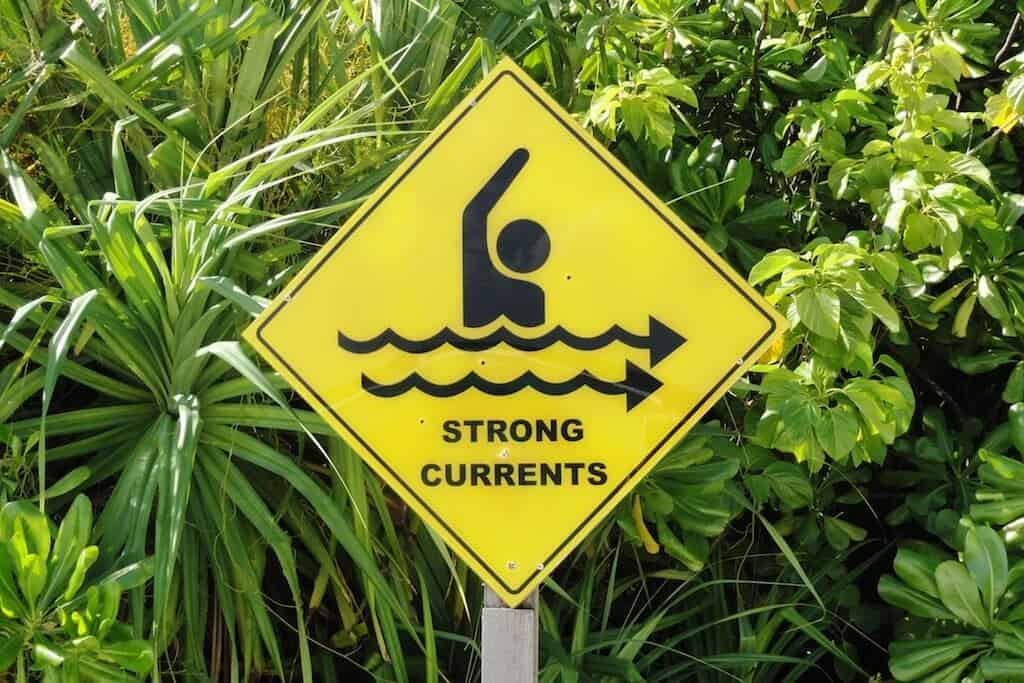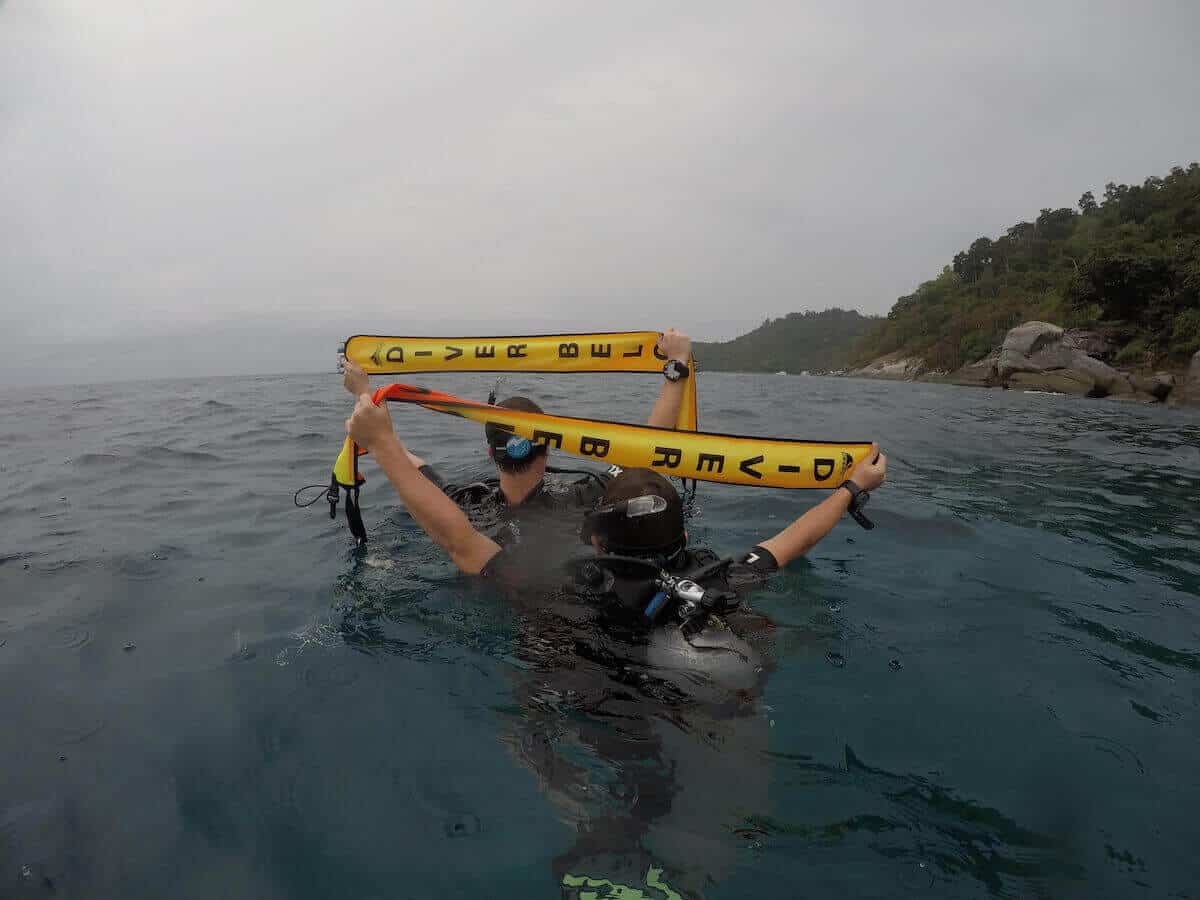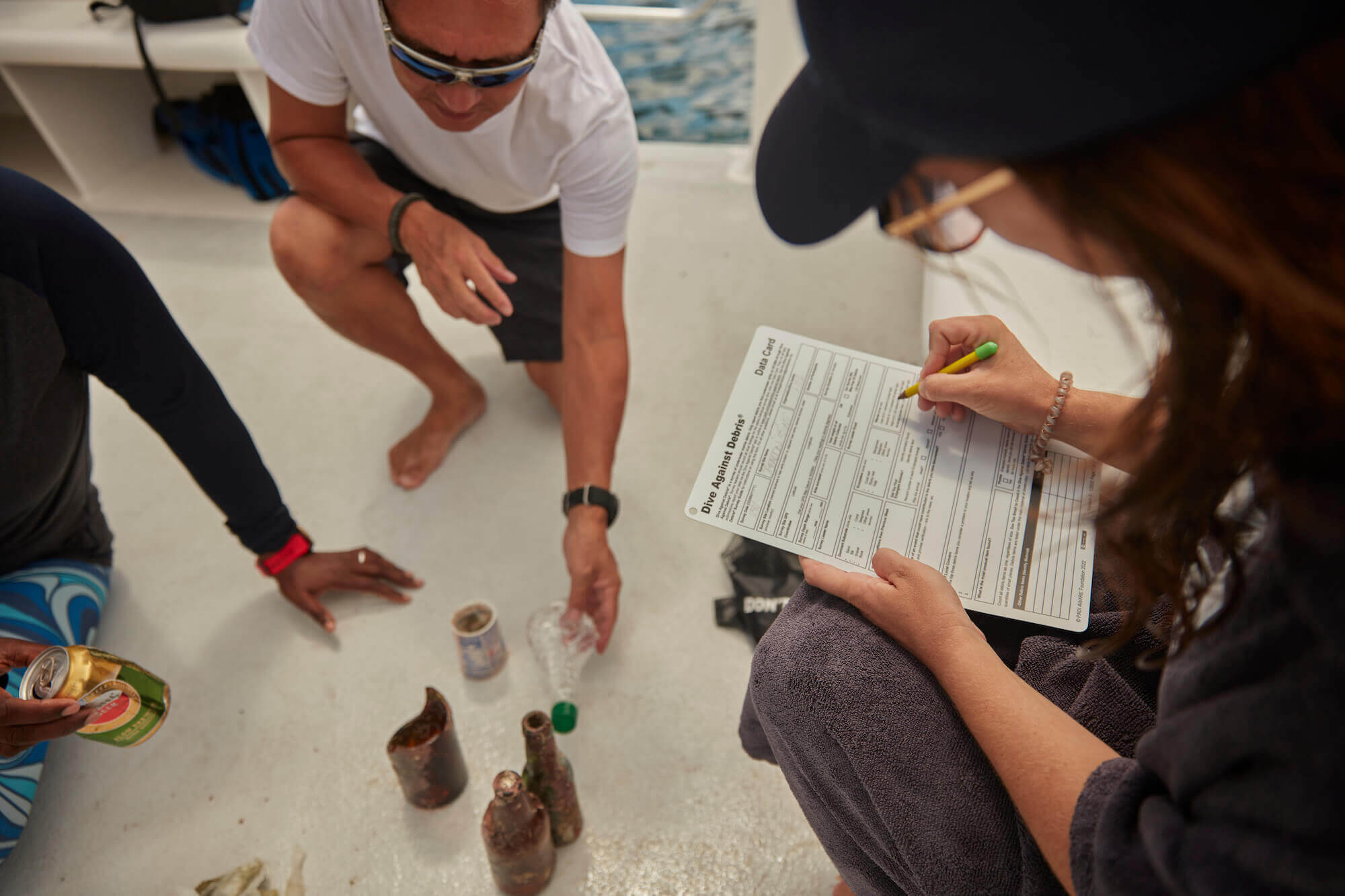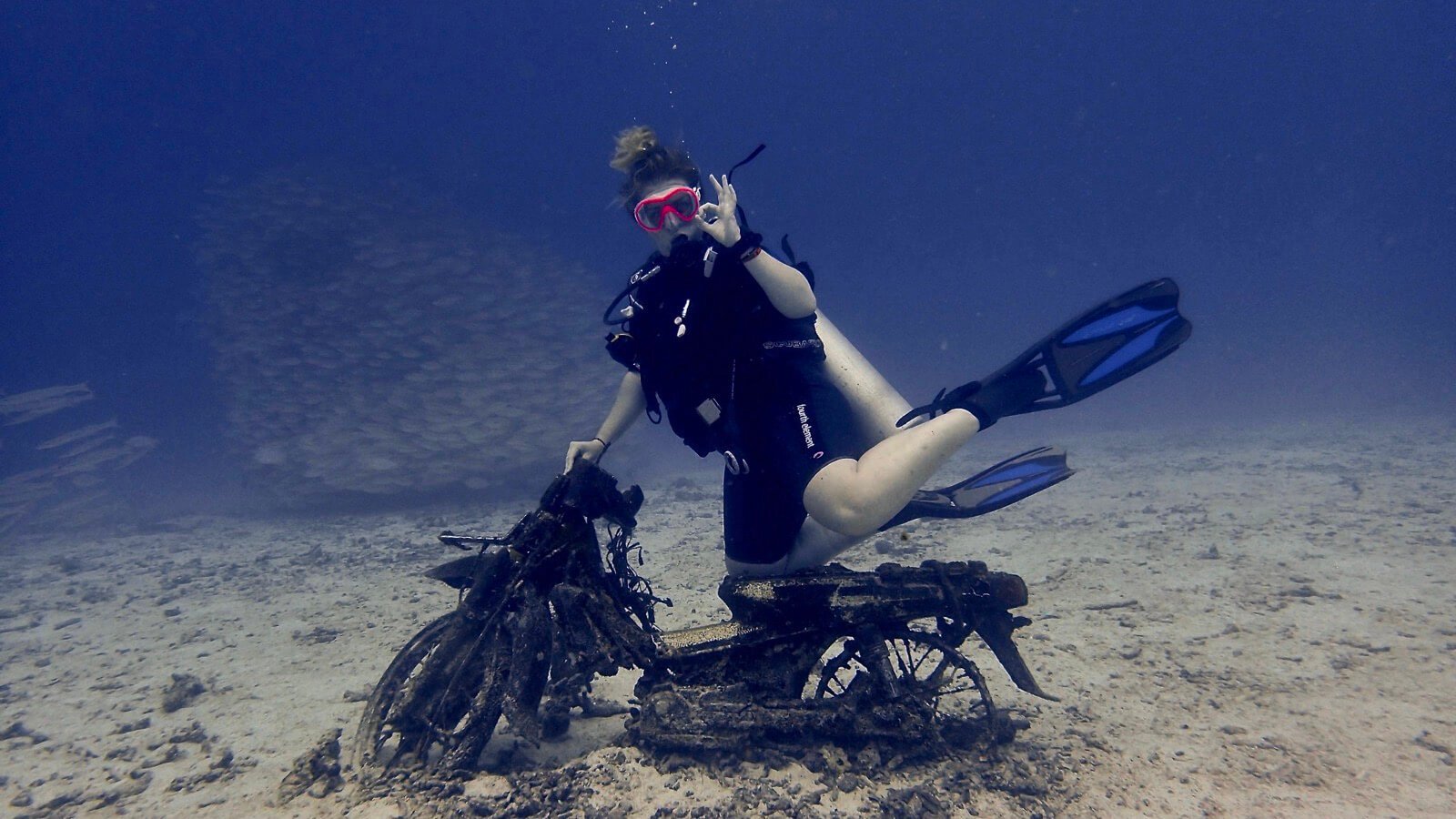How to Care for Your Scuba Equipment Post-Dive
If you’ve ever seen a diver in action, or are a certified diver yourself, you know that scuba diving is an equipment-intensive sport.
To protect your scuba gear and yourself as it is life support equipment, you should make gear care a duty. When purchasing the equipment, you will usually find instructions from the manufacturer with tips on care and maintenance. Here are a few general tips to help you keep your scuba gear in tip-top shape.
Scuba regulator post-dive care
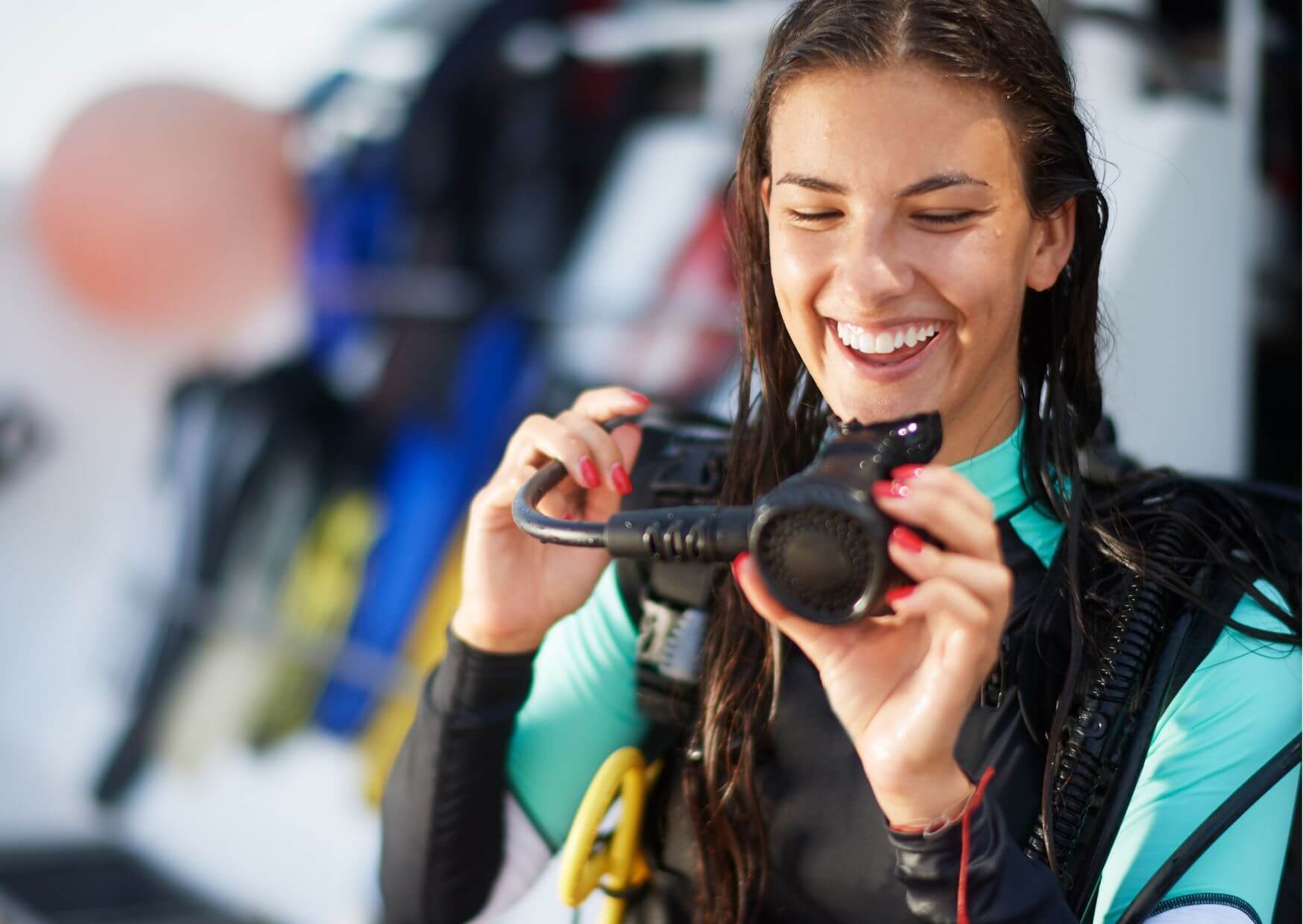
Use it regularly, with all its functions. Lying around will do more harm than being dived. During the dive, you should use all breathing resistance adjustment options so that they do not corrode over time. The alternative air supply should also be used for a few minutes during each dive. Use clips and other mounts to keep all your hoses and gauges close to your body while diving. That way they won’t dangle, drag over sharp rocks and coral, snag or get dirty. One good thing about scuba gear is that it’s waterproof and you can wash it. And indeed, all gear should be rinsed with fresh, clean water after each dive. Then you should dry them well before storing them in a cool, dry place, away from direct sunlight. Don’t forget to dry the regulator’s first stage cap and fit it securely before rinsing to prevent water from entering the first stage. NEVER hold the first stage to the cylinder valve after a dive and blow it out with compressed air (even if a lot of divers do it, it doesn’t mean that it’s right). You’re just blasting any water into the first stage. Better take a piece of cloth and wipe the dust cap dry. If you want to flush your regulator with fresh water at the holiday diving destination, make sure that the water is fresh water and not just slightly desalinated seawater. Avoid pressing the purge button and do not submerge your first stage. If you hear water in your scuba tank or suspect polluted air, take your regulator to a service centre immediately before the regulator inside begins to corrode. When you open your cylinder valve, activate the purge button simultaneously to protect the high and low-pressure sealing seats. Regardless of the hose routing for your configuration, avoid over-kinking the hoses.
What to do if the first stage goes diving without a protective cap?
Not so bad if she falls into fresh water. If it was in salt water, rinse immediately with clear water to prevent corrosion. You want to avoid water getting into the pressure gauge or air-integrated computer. This could damage the instruments. Don’t try to take control of the situation yourself, give the regulator immediately to a qualified service technician who will do the following:
Hoses and gauges are removed immediately, leaving only the second stage with the first stage. If salt water or other contaminants are suspected to be in the first stage, it is rinsed well with fresh water. The first stage with the high-pressure connections open is then connected to a bottle. The bottle is opened slowly so that the moist air can escape via the high-pressure outlet. The first stage is air-dried for hours and the water is thrown out of the high-pressure hoses. Then the regulator is reassembled. What is described here is only an immediate workaround to avoid and/or reduce damage from first-stage flooding. Whatever happened to your regulator, see a service technician. Your diving equipment is not a toy! Underwater, every diver relies on the correct functioning of his diving equipment, much like a skydiver relies on a functioning parachute.
BCD or Buoyancy Compensator post-dive care
You should rinse the inside and outside of your BC.
The most important part of cleaning your BC is the bladder and inflator. Allow fresh water to flow through the release button and fully inflate the BC with your mouth. Shaken, not stirred, the water in the bladder has seeped into every corner, washing away the salt residue. Then hold the inflator hose at the lowest point and press the release button to completely deflate the BC. Repeat the washing process until no more salt water comes out.
Make sure you drain all the water. Slightly inflate your BC for storage.
Neoprene post-dive care
Once you have washed your wetsuit, dry it inside out and hang it up on a wide hanger to protect it from the sun.
Dive computer post-dive care
Be sure to soak your dive computer in fresh water after each dive. While holding it under water, press each button down multiple times to clear any salt water behind. Then let the computer dry in the shade.
Water and electronics are enemies!
If it is a dive computer (e.g. Suunto Zoop) that allows the user to change the battery, please remove the back cover immediately, and remove and discard the battery. Use compressed air to blow any water out of the battery compartment. Once completely dry, insert a new battery and test the function. Make sure to use a battery replacement kit from the dive computer manufacturer – these usually include a new O-ring and back plate. It is important to replace these as they may be responsible for the leak. Also check for other damage to the computer.
If it is a dive computer (e.g. Suunto DX) where the user cannot change the battery, it should be taken to the nearest service point.
Be well prepared
Consider taking the PADI Equipment Specialist course to learn more about scuba gear care. Keep a spares box with the parts that usually break, get lost easily, or wear out easily:
- Fin and mask straps
- O-rings
- Snorkel straps
- Silicone grease
- Quick-release buckles
- Pliers, screwdrivers, adjustable wrenches,
- Allen keys, and pocket knives
Bring your equipment in for a service after your diving vacation and get it serviced.




